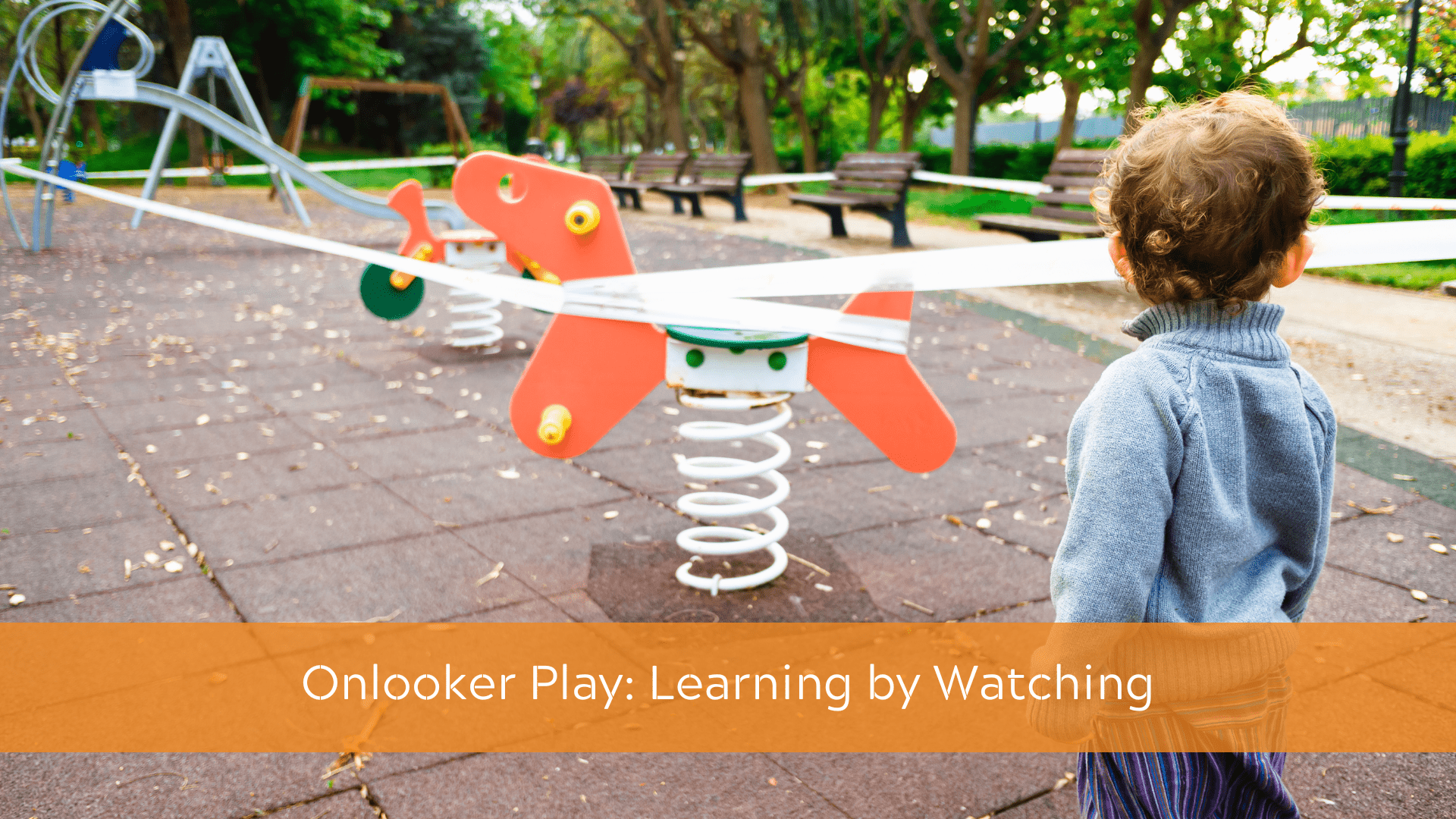Around age two, many children enter a stage called onlooker play. At this stage, children may not join in the action but instead spend time watching others. While it might look like they are standing on the sidelines, they are actively learning about social cues, language, and how play works. Observation helps children build the foundation for later social interactions and cooperative play.
During onlooker play, children study how others approach play. They notice how peers share toys, take turns, and solve problems. These observations allow children to understand the rules of play before they feel ready to participate. Onlooker play also supports language development, as children listen to conversations, pick up new words, and start to imitate speech patterns they hear.
Caregivers and teachers can support children in this stage by providing safe, low-pressure environments where they can watch comfortably. A small but helpful note: children in this stage often feel most confident on toddler playgrounds, where equipment is scaled to their size. This allows them to observe and gradually join in without feeling overwhelmed by larger structures or older children.
As children grow more confident, onlooker play naturally transitions into parallel play, where they begin playing alongside peers, and eventually into associative and cooperative play. Even though it may look quiet or passive, onlooker play is an important step in helping children develop social, emotional, and cognitive skills.
By giving children space to watch, reflect, and learn, adults can support their growth and set the stage for more interactive and confident play experiences.

